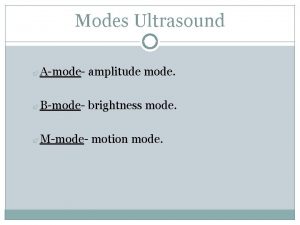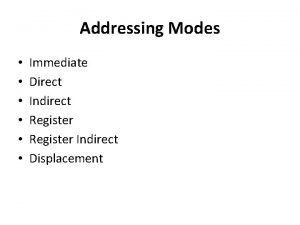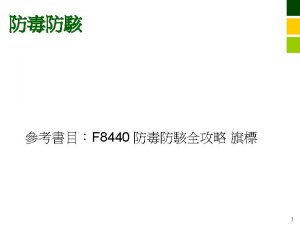45 9 Port Addressing Mode Port addressing is


- Slides: 2

45 9. Port Addressing Mode Port addressing is used in conjunction with the IN and OUT instructions to access input and output ports. Any of the memory addressing modes can be used for the port address for memory mapped ports. For ports in the I/O address space, only the Direct addressing mode and an Indirect addressing mode using DX are available. For example, Direct addressing of an input port is used in the instruction IN AL, 15 H This stands for input the data from the byte wide input port at address 15 H of the I/O address space to register AL. Next, let us consider another example. Using Indirect port addressing for the source operand in an IN instruction, we get: IN AL, DX It means input the data from the byte wide input port whose address is specified by the contents of register DX. For instance, if DX equals 1234 H the contents of the port at this I/O address are loaded into AL. Problems: 1. 2. 3. 4. Which register holds a count for some instruction? What is the purpose of the IP register? The carry flag bit is set by which arithmetic operation? A number that contain 3 one bit said to have-----parity? 5. Find the memory address of the next instruction execute by the micro processor for the following CS: IP combinations:

46 a. CS=1000 H and IP=2000 H b. CS=2000 H and IP=1000 H 6. Which register or registers are used as an offset address for string instruction destination in the microprocessor? 7. The stack memory is addressed by a combination of the---- segment plus ------ offset. 8. Which registers of the 8086 are used in memory segmentation? 9. Categorize each flag bit of the 8086 as either a control flag or as a flag to monitor the effect of instruction execution. 10. Identify the three part of an assembly language instruction in each of the following statement: AGAIN: ADD AX, CX; ADD THE REGISTERS MOV BX, AX; SAVE RESULT 11. Identify the source and destination operand for each of the statements in 10.



